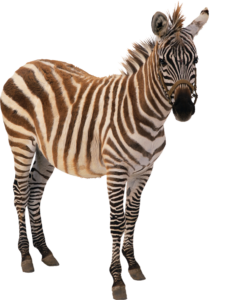
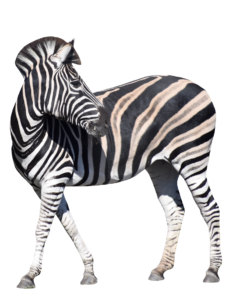
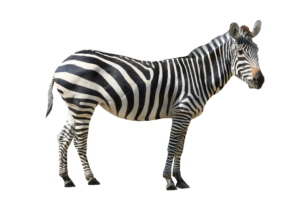

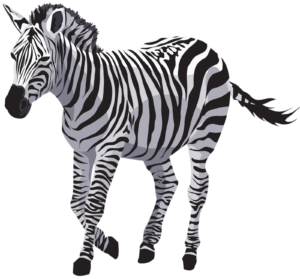

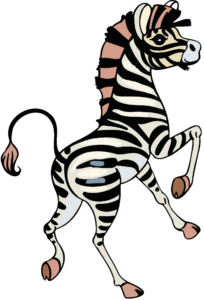
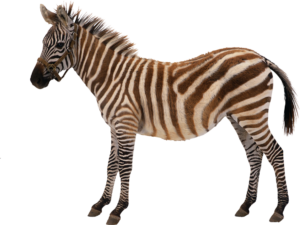
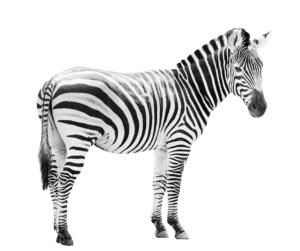
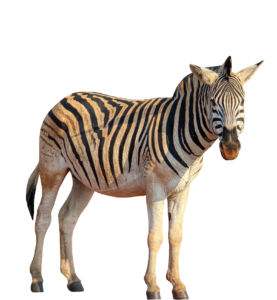

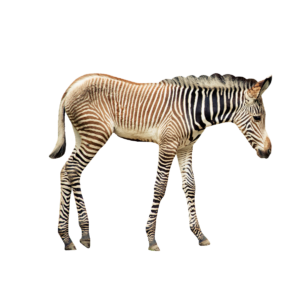
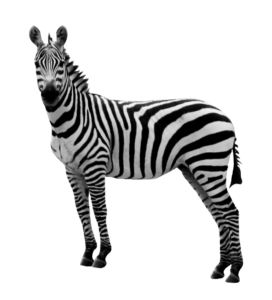
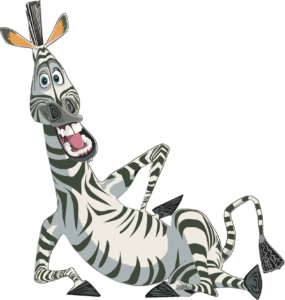
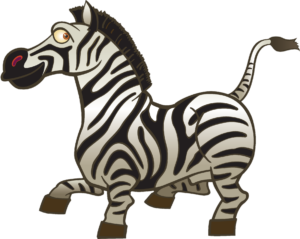
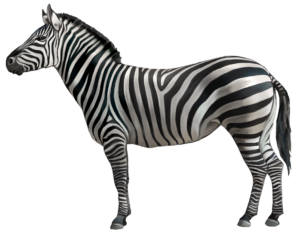
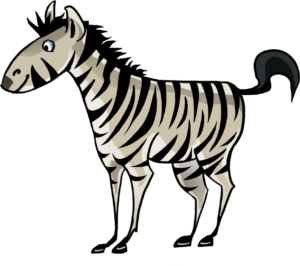

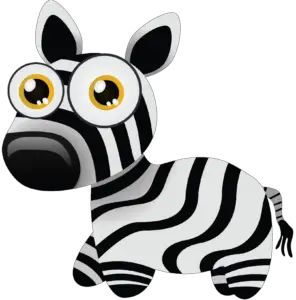

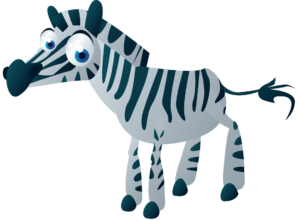


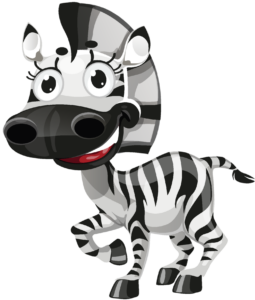
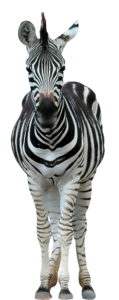
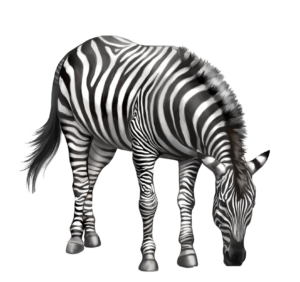

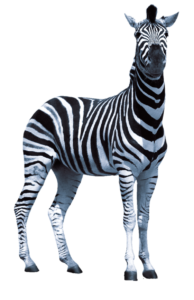
Zebras are among the most recognizable animals in the world, thanks to their distinctive black-and-white stripes. Native to Africa, they belong to the Equidae family, which includes horses and donkeys. There are three main species of zebras: the plains zebra (Equus quagga), the mountain zebra (Equus zebra), and the Grevy’s zebra (Equus grevyi). Each species has unique characteristics and behaviors, but all share the iconic striped coat that has long fascinated scientists and observers.
The most striking feature of a zebra is its black-and-white coat. Interestingly, zebras are black animals with white stripes. This unique pattern is believed to serve several purposes, including camouflage, social recognition, and insect deterrence. The stripes may confuse predators like lions by disrupting the outline of the zebra’s body, especially when running in herds. Additionally, research suggests that the pattern may help regulate body temperature, as the stripes create small air currents when sunlight hits the animal.
Zebras are built for speed and endurance, with solid and muscular bodies that allow them to flee from predators. They are fast runners, capable of reaching up to 65 kilometers per hour (40 miles per hour). Their long legs and hooves make them efficient travelers across the open savannas and grasslands where they live.
Zebras are primarily found in various regions of Africa. The plains zebra is the most widespread and is commonly seen in savannas, grasslands, and open woodlands. As the name suggests, mountain zebras prefer rocky, mountainous terrain, while Grevy’s zebras are found in more arid environments, such as the semi-desert regions of Kenya and Ethiopia.
Each species of zebra has adapted to its specific environment. For example, the mountain zebra has hard, pointed hooves that allow it to navigate rocky landscapes. In contrast, the plains zebra is highly adaptable, thriving in various habitats, from grasslands to forests.
Zebras are highly social animals and live in groups known as herds. Plains zebras tend to form smaller family units called harems, which consist of one dominant stallion, several mares, and their offspring. These family groups often come together to form large herds, especially during migrations. In contrast, Grevy’s zebras have a more solitary lifestyle, with males controlling territories that attract females for mating.
Communication is crucial for zebras, and they use a variety of vocalizations and body language to interact with one another. They bray, snort, and make barking sounds to signal danger or communicate within the herd. Their ears, tails, and facial expressions also convey mood and intentions.
Zebras are grazers, feeding primarily on grasses, although they will sometimes consume leaves, bark, and stems, depending on the season and availability of food. Their specialized digestive system allows them to extract nutrients from tough, fibrous plants, making them well-suited to life in poor-quality vegetation.
While zebras are a common sight in many parts of Africa, some species are under threat. The Grevy’s zebra, in particular, is classified as endangered, with fewer than 2,000 individuals remaining in the wild. Habitat loss due to agriculture, competition with livestock for grazing areas, and poaching are the primary threats facing zebras today.
Conservation efforts are underway to protect zebra populations, including habitat restoration and anti-poaching measures. National parks and reserves across Africa serve as important sanctuaries for these animals, providing them with the necessary space and resources to survive.

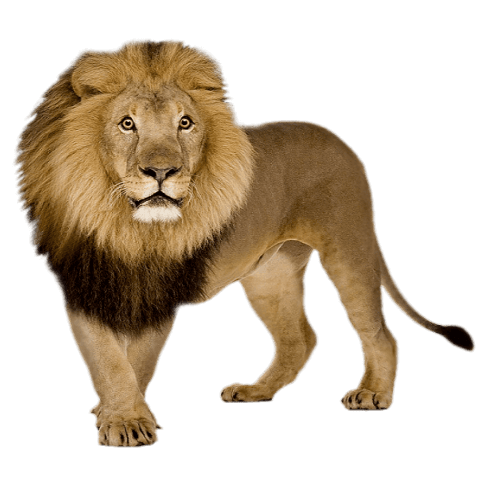


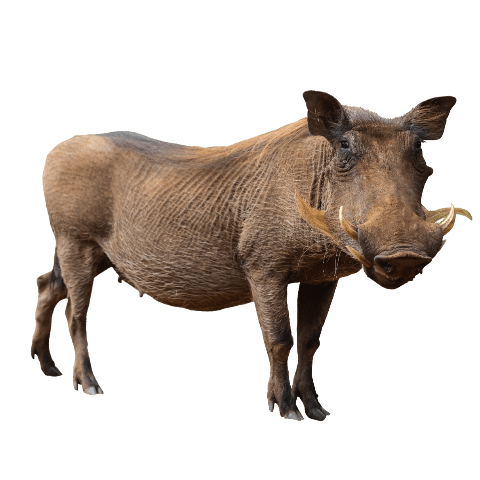
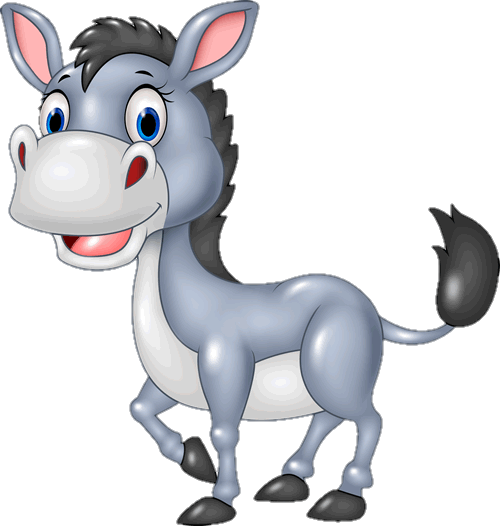
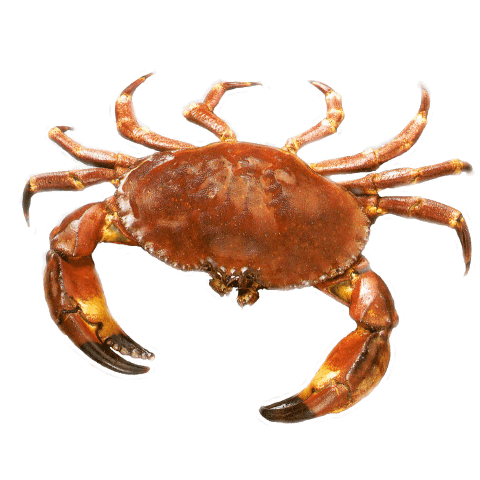
Leave a Comment